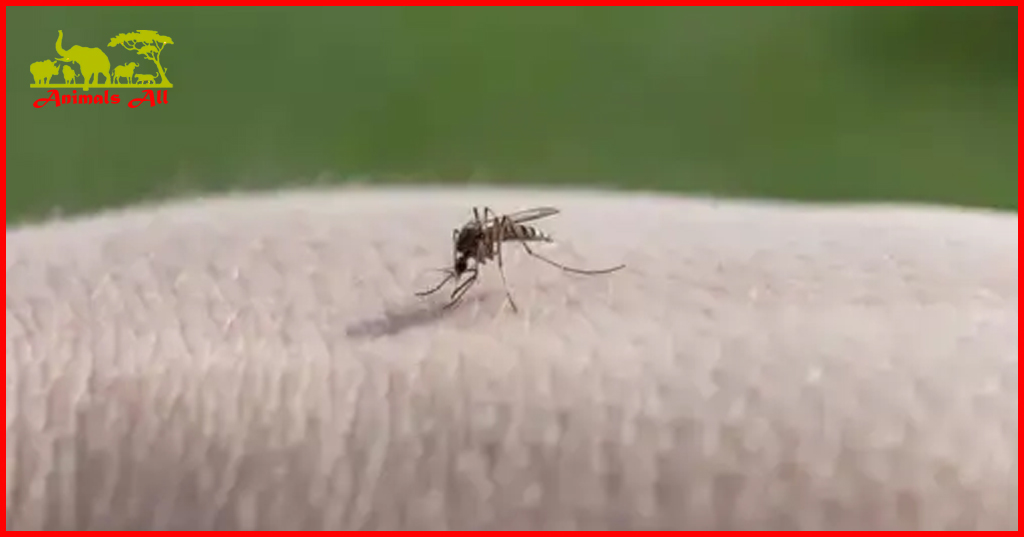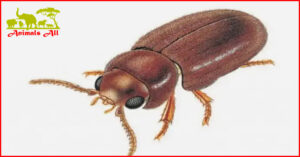
If you slap a mosquito that is sucking your blood, will its mouth break off in your flesh?
One summer evening, you were enjoying the air conditioning when you suddenly heard a familiar buzzing sound. You immediately looked around to find the source of the sound and found a mosquito lying on your calf, motionless.
You are quick-eyed and quick-handed, and you kill the mosquito on the spot while it is caught off guard.
So the question is: if it is still sucking blood at the last moment before its death, will the needle in its mouth break off in your skin, or will it remain intact on the mosquito?
The mosquito’s mouth needle that sucks blood, With exquisite structure
To understand this question, let us first look at how mosquitoes suck blood.
Every mosquito that bites you is a female mosquito, and they need to suck blood to lay eggs. From the time they target you to the time they are full, there are three steps: penetration, detection, and feeding.
The “needle” that mosquitoes use to suck blood is not actually “one”, but a “bundle” of needles – a total of six needles. The biological name for this structure is called a “bundle” , and it is also called a “mouth needle” in mosquitoes. Each needle is actually a “lip-shaped tube”, and the part where it sucks blood is composed of this bundle of needles and the lower lip that covers them. The whole is called a mouthpart.
The mouth needle is usually 2 mm long and about 30 microns in diameter. When piercing human skin, it usually penetrates half of its length, which means it penetrates an average of 1 mm into the skin.
Upper lip
The thickest and longest hollow tube in the bundle is called the “upper lip,” which is responsible for piercing blood vessels and sucking blood. On either side of it are two sharp jaws and two upper jaws with tiny serrations, which are responsible for cutting your skin and allowing the mosquito to better support its body. There is also a “throat tract,” which the mosquito uses to spit at you, rendering your blood clotting mechanism ineffective.

Figure 1: Schematic diagram of the anatomical structure of the mosquito’s mouth sting .
Yes, every time a mosquito sucks your blood, it leaves behind its saliva.
The entire mosquito feeding process takes several minutes, and the mosquito’s movement speed slows down as the amount of blood in its body increases.
Mosquitoes are made of chitin, and their stylets are not very hard. Even if they penetrate the skin in a quasi-static manner, they will certainly bend or even break it—not to mention the primordial force of people gritting their teeth when they see mosquitoes. Therefore, it is possible that the stylet of a mosquito will be broken when it is killed by slapping it.
The mosquito’s stinger broke off in my skin, what to do
In fact, even if a mosquito really leaves its unique legacy, its mouth needle, in your skin after death, there is no need to worry, because this is really a trivial matter for your skin immune system.
Human skin is an important barrier that protects life and contains immune cells in both the epidermis and dermis.
When a mosquito’s stinger penetrates the skin, even if it does not break, it still constitutes a mechanical injury. Therefore, after the human skin is injured, it mobilizes various cells to work together to heal the wound. The entire repair process is divided into: coagulation and inflammation phase, proliferation phase and remodeling phase.
After a wound is formed, platelets and neutrophils are the first to “start work”, stopping bleeding and engulfing microorganisms . Monocytes then “arrive at the battlefield” 5-6 hours later. These monocytes differentiate into macrophages and become the “permanent main force”.
As the name suggests, the most prominent function of macrophages is phagocytosis. They surround and inhale impurities, and then use their internal enzymes to mix and decompose the impurities[12]. One part of them (M1 type) is mainly responsible for phagocytosis and plays a pro-inflammatory role, while the other part (M2 type) will promote healing and tissue growth in the later process and play an anti-inflammatory role.

The figure shows the process of macrophages engulfing viruses
In addition to the “wound” mentioned above, the mosquito’s broken sting also leaves a foreign body. To this foreign body, the body’s specialized “foreign body response” (FBR) process also requires the participation of macrophages.
The “foreign body reaction” begins with macrophages concentrating on foreign bodies. Then, macrophages change their own structure to create an independent space near the foreign body. If the foreign body is difficult to chew, macrophages will secrete a factor to break it down. After the unremitting efforts of macrophages, the foreign body will begin to crack and break down from the surface, and eventually the fragments will be swallowed up by macrophages.
If the mouthparts left by the mosquito are small enough, then the problem ends there.
When a mosquito starts to suck blood, its mouth needle will first create a wound. If its mouth needle remains in the skin, it will cause a “foreign body reaction” / Tuchong Creative
If you are very unlucky and the mosquito leaves its intact mouthparts in your skin, the stinger will be too much for the macrophages to handle, and the foreign body reaction process mentioned earlier will be prolonged and undergo a process of “fibrosis.”
At this time, the M2-type pro-healing macrophages mentioned above come into play. They not only summon “T lymphocytes” and “fibroblasts” to gather on the surface of foreign bodies, but also activate these cells to become a kind of “myofibroblasts” – our scabs and scars are due to these cells. At the same time, the macrophages themselves will fuse with each other on the surface of foreign bodies to form multinucleated foreign body giant cells, turning into “the Hulk” – the formation of these giant cells also constitutes part of the protein layer on the surface of foreign bodies].
Cyst
At this point, macrophages and other matrices form a new “cyst”, which belongs to the “proliferation” stage of wound healing.
This type of cyst caused by foreign body invasion is medically called “foreign body granuloma”. However, considering the diameter (30 microns) and shape (a smooth spike) of the mosquito’s mouthparts. The probability of this type of granuloma occurring is extremely small. Even if it does occur, it will basically disappear with the skin’s own metabolism and insufficient blood supply. Or be eaten by the body’s own enzymes. The recovery time is directly related to the size of the foreign body, that is, the degree of damage.
The microstructure of a mixed cell granuloma consisting of lymphocytes, eosinophils , plasma cells and histiocytes visible in the dermis .
What your body is really afraid of, Not their mouthparts.
In fact, for your body, the most terrifying thing is never the physical invasion of the superficial skin. But the germs and anticoagulant factors in the mosquito’s saliva.
In a study on “Changes in human skin immune response after being bitten by mosquitoes “. Even after excluding the slight physical effects of the mosquito’s mouthparts. The researchers still found a large number of immune system. That changes were far greater than those of ordinary wounds and foreign body reactions.
Mosquitoes can even use human cells to cause damage to the human body. The white blood cells that kill viruses themselves become vectors for the spread of viruses. As the immune response proceeds, the arbovirus spreads to the lymph nodes[20]……
These problems really make the body feel like it is facing a formidable enemy.
So when you are annoyed by the itchiness of mosquito bites, in fact, your body cells have already done a lot of “carrying the burden” for us behind these bites.


2 thoughts on “If you slap a mosquito that is sucking your blood, will its mouth break off in your flesh?”
Comments are closed.